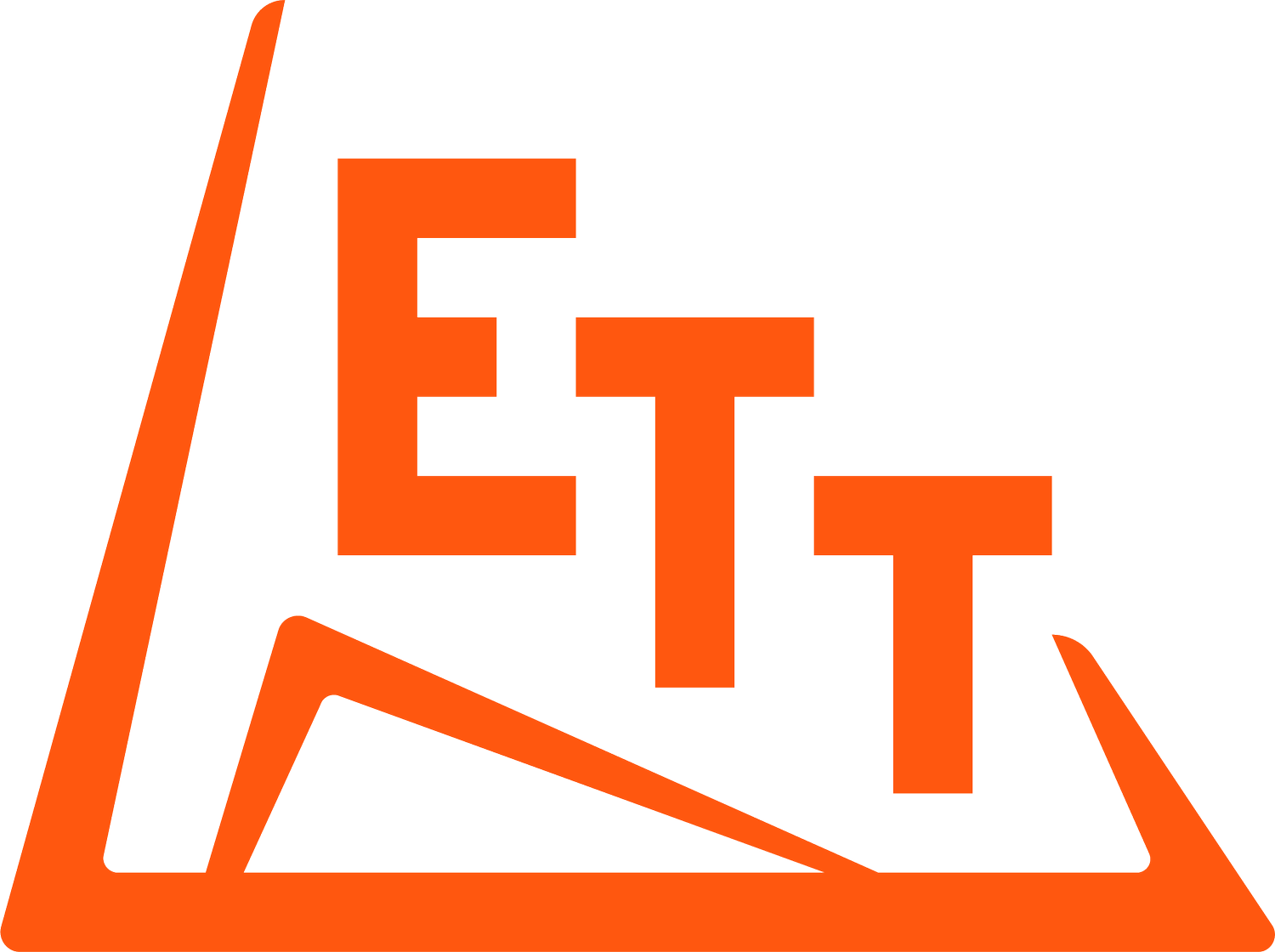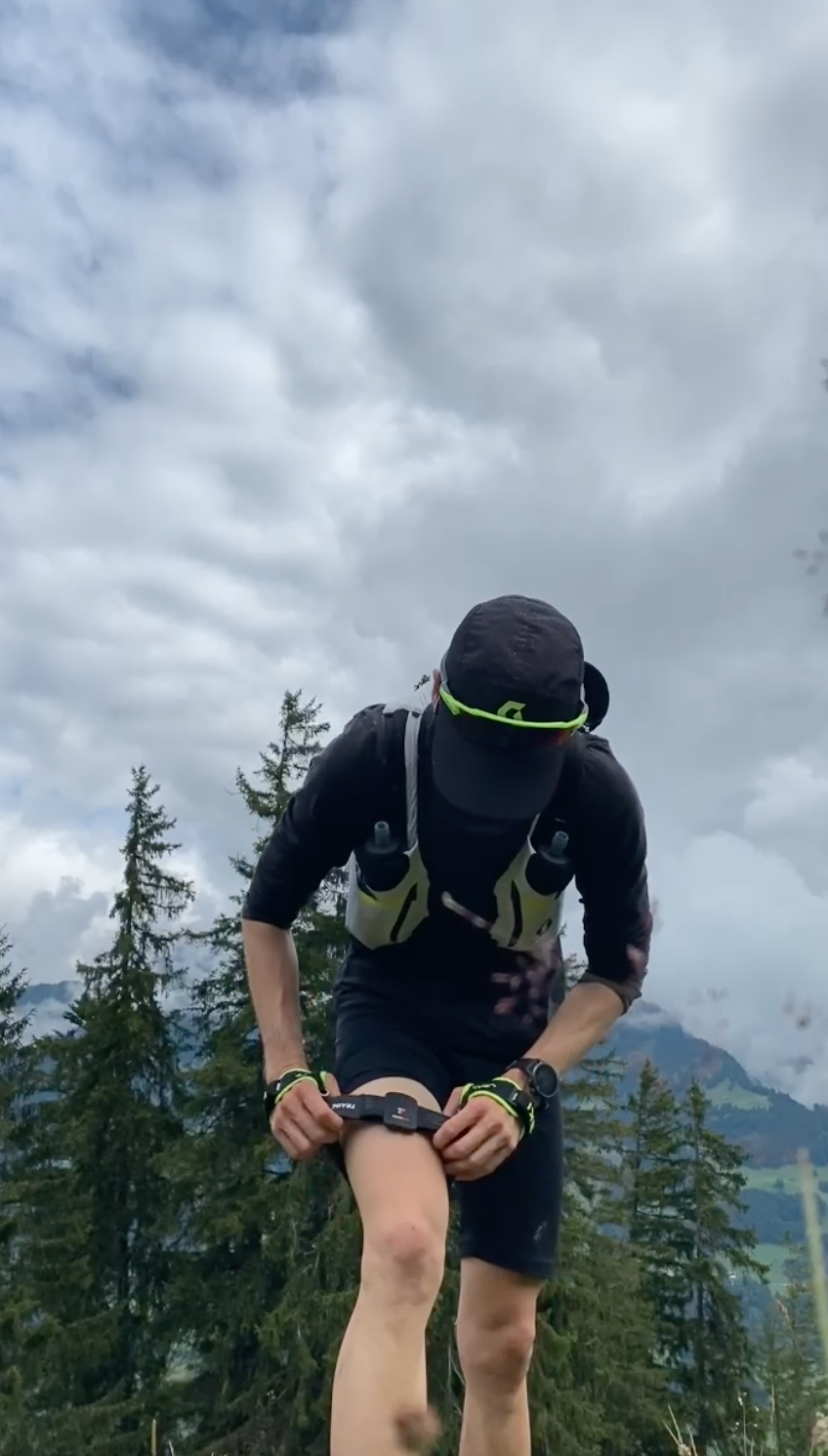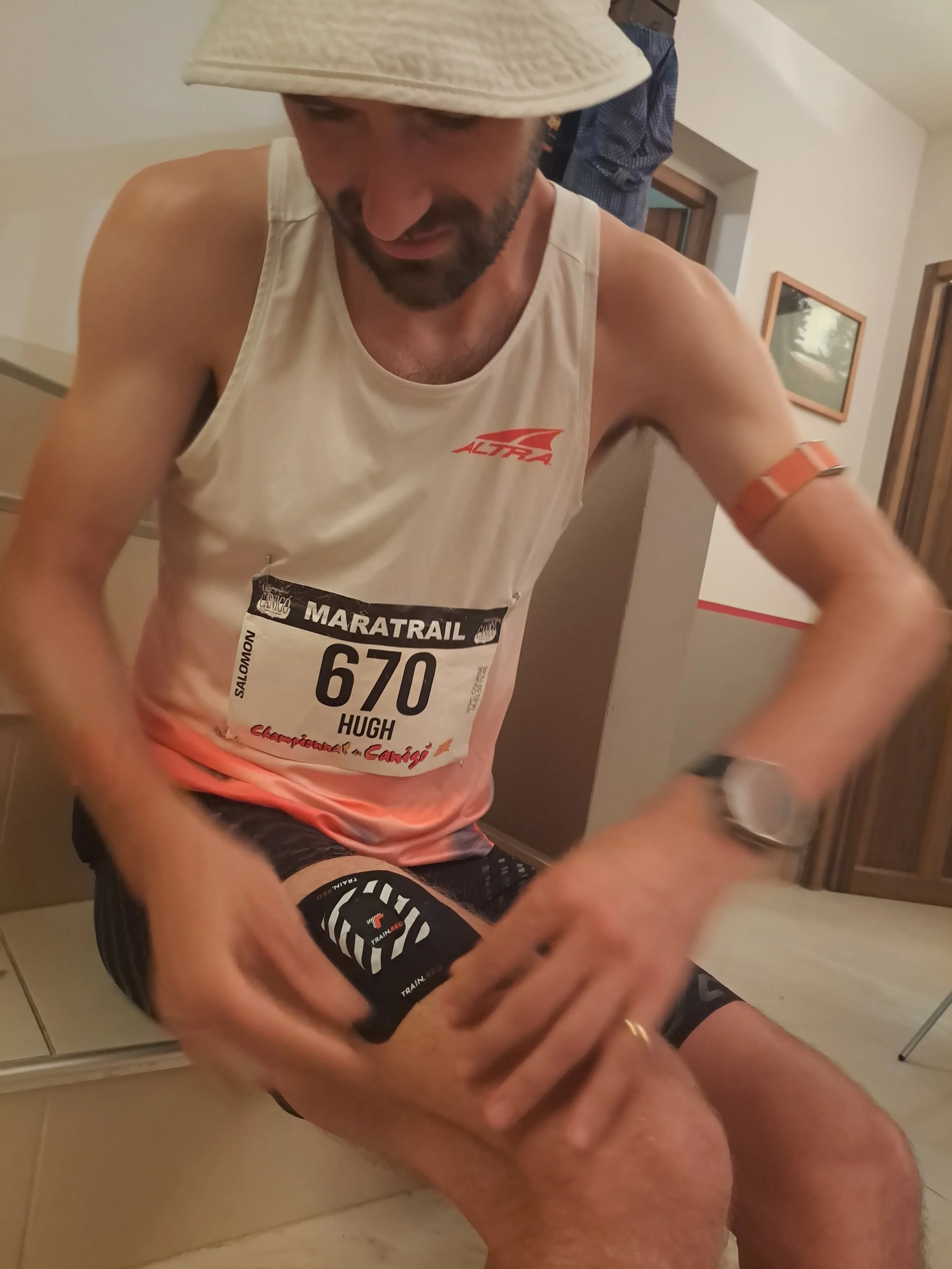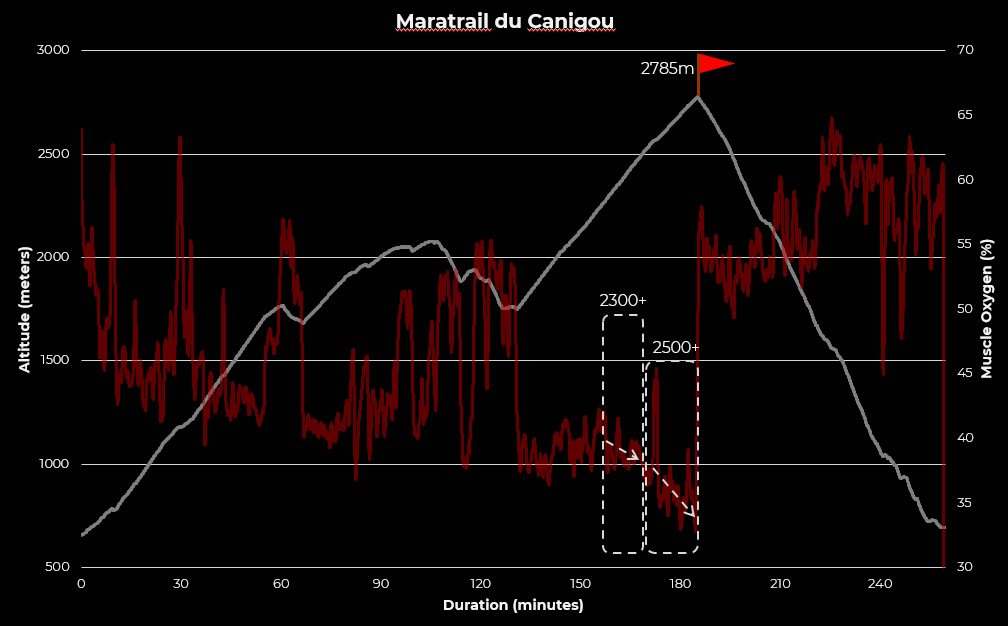Exploring Durability: How the Elite Trail Team Uses Train.Red Muscle Oxygen Sensors to Inform Ultra Running Training
Durability is a key component of endurance performance, with research beginning to emerge as to how best to enhance it. How long athletes can preserve physiological function during long efforts can be the difference between stepping onto the podium at the end of a race or dropping down the rankings. While trail runners often look at variables such as heart rate, climbing speed or fuelling, we are also focusing on muscle fatigue as an indicator in training and racing.
Thanks to our new partnership with Train.Red muscle oxygen sensors, we are able to add a new dimension to how we monitor fatigue levels, better understand recovery, and ultimately, improve peak performance. Here is how we’re using the Train.Red FYER 2.0 as our athletes prepare for the World Trail and Mountain Running Championships 2025.
How Does Train.Red FYER 2.0 Work for Runners?
Running physiology tests are a reference point for elite athletes. They provide insights into the cardiovascular capacity of each runner, delivering information to coaches about how runners produce the speeds they run at and how different elements of their physiology interact together. As we explained in the past, we use sub-maximal and maximal running tests performed with the Loughborough University Commercial Services team to determine training zones and assess fitness evolution over time.
Additionally, recent studies have shown strong correlations between effort levels and muscle oxygenation levels, particularly on hilly terrain (which is frequently encountered in trail running races). When we monitor the level of oxygen in the muscles, we get more immediate feedback because that is showing how the muscle is recruiting more oxygen to maintain a certain effort level. Yet, as a 2019 study on wearables in running and real-time feedback suggests, having a holistic view of key metrics is the most valuable approach, especially in a sport with so many changing variables as trail running.
ETT athlete Nico getting ready for a run at altitude
The FYER 2.0 light sensors measure oxygen content in the capillaries and can be used for immediate data collection during exercise or for subsequent analysis and to determine response patterns. While a VO2 Max / maximal running test will show you the systematic intensity that the body is working at, the Train.Red sensor provides a local data point, depending on where the sensor has been placed on the body. When worn on the leg, it has been shown to align almost perfectly with runners’ lactate thresholds. In addition to the published research, our testing with the ETT athletes also confirms this.
Additionally, a good way of using the FYER 2.0 muscle oxygen sensor for runners is to investigate compensation mechanisms. When running, the leg muscles (primarily) recruit blood away from other parts of the body to support maximum effort. This can often result in problems with digestion, for example. Running in training with the FYER 2.0 on the arm can help track when this type of blood shunting begins to happen and subsequently adapt and plan for it.
Using Train.Red for Incremental Exercise Testing
Kris wore the FYER 2.0 during his winning run at Ultra-Trail Snowdonia by UTMB 50k 2025
One immediate practical application our team has begun using the FYER 2.0 for is incremental exercise testing. ETT athlete Kris Jones has been experimenting with the sensor in training, as well as during the Ultra-Trail Snowdonia by UTMB 50k race this year. He can see the way the muscles react to steeper ramps, as well as how oxygenation levels respond to increased intensity on a treadmill, very clearly.
Kris reports: “When using the FYER 2.0 sensor for 6-minute ramp tests on the treadmill, I was looking to see how the muscle oxygen levels correlated with reaching threshold pace. It’s a really clear evolution where they gradually go up as I ramp up, flatten around threshold, then slowly go down as I keep pushing.”
Kris is also using the sensor to look at how his body responds to power hiking compared to running. As he is training for two very steep races around the 50k distance (the World Championships and the UTMB OCC), he is expecting to push at high intensity while having to run up significant gradients. “I think the main benefit of the sensor when racing is that it will allow me to control the intensity, as it reacts quicker than heart rate and I can relate it back to how I’ve seen my muscle oxygen levels react in training. This should help me prevent muscle fatigue for longer.”
Performance Director Doug adds, “I have been very impressed by the FYER 2.0 since we started using. It presents lots of opportunities for both lab (treadmill) and field testing. Additionally, the data we are seeing from the athletes when running versus power hiking, or the impact of different gradients has been extremely valuable.”
More Research Opportunities
Hugh preparing for the Maratrail du Canigou
A further area of research for the ETT is how athletes adapt to altitude when they go on dedicated training camps, as well as looking at the optimal duration of rest periods in between intervals when doing high-intensity sessions.
ETT athlete Hugh Chatfield has also recently been using Train.Red for training and racing, with a particular focus as he builds up to an altitude camp and racing at the World Trail and Mountain Running Championships later this year. Hugh says, “Train.Red has been an interesting addition to my training recently. It’s allowed me to check progress emulating a test I would do in a lab, on my local treadmill.”
After his recent victory at the Maratrail du Canigou, we reviewed the data to assess how he responded to racing at up to 2,785m (the highest point of the race). On the lower slopes, and up to around 2,300 m, Hugh's muscle oxygen levels varied based on the intensity he was running at. They began to drop once he climbed higher up the mountain: a gradual drop up to around 2,500 m, before a more rapid decrease in the final 300 m of ascent. This occurred without any change in RPE (rate of perceived exertion), but clearly showed the moment when Hugh started to be impacted by the altitude.
Hugh’s data at the Maratrail du Canigou: The drop in muscle oxygen levels at the top altitudes can be observed
“Wearing the muscle oxygen sensor in a training race with similar conditions to my target race for the year has helped highlight quite precisely what I need to work on at my next altitude camp,” says Hugh. The data from the FYER 2.0 will be one of the elements we monitor closely when he does his altitude camp, in order to assess his adaptations and adapt his training.
Finally, we are also planning to use the FYER 2.0 to optimise the rest periods in between sets when doing strength training in the gym. Doug concludes, “Train.Red gives the athletes the autonomy to adjust the recovery durations during their sessions in real time, helping optimise each individual training session.”
We will keep using Train.Red muscle oxygen sensors to monitor progress and plan training and racing intensities in between lab testing opportunities, with the ultimate goal of achieving a holistic view of peak performance (utilising both lactate testing and muscle oxygen tracking). Follow the ETT on social media or sign up to join our Runclub to be the first to hear about our new research.
References
Van Hooren, B., Goudsmit, J., Restrepo, J., & Vos, S. (2019). Real-time feedback by wearables in running: Current approaches, challenges and suggestions for improvements. Journal of Sports Sciences, 38(2), 214–230. https://doi.org/10.1080/02640414.2019.1690960
Born, D., Stöggl, T., Swarén, M., & Björklund, G. (2017). Near-Infrared Spectroscopy: More Accurate Than Heart Rate for Monitoring Intensity in Running in Hilly Terrain. International Journal of Sports Physiology and Performance, 12(4), 440-447. https://doi.org/10.1123/ijspp.2016-0101
Sendra-Pérez, C., Sanchez-Jimenez, J.L., Marzano-Felisatti, J.M. et al. Reliability of threshold determination using portable muscle oxygenation monitors during exercise testing: a systematic review and meta-analysis. Sci Rep 13, 12649 (2023). https://doi.org/10.1038/s41598-023-39651-z





